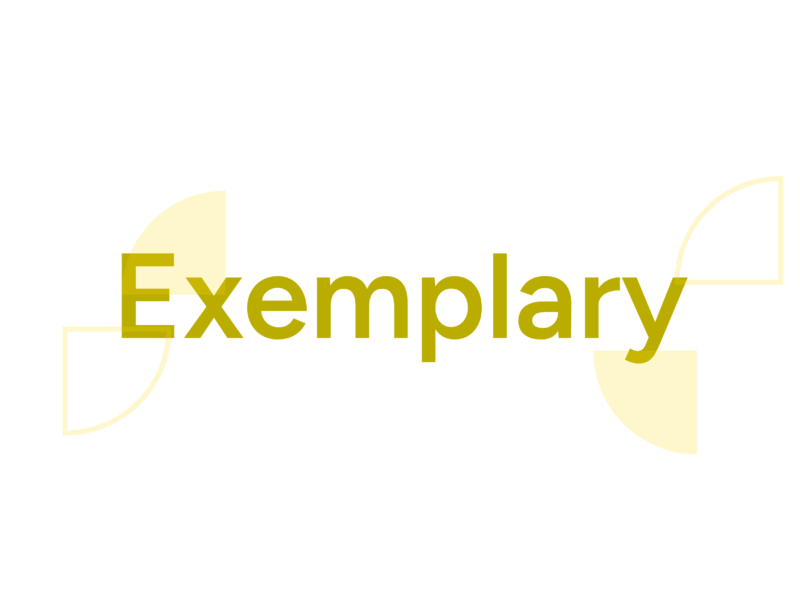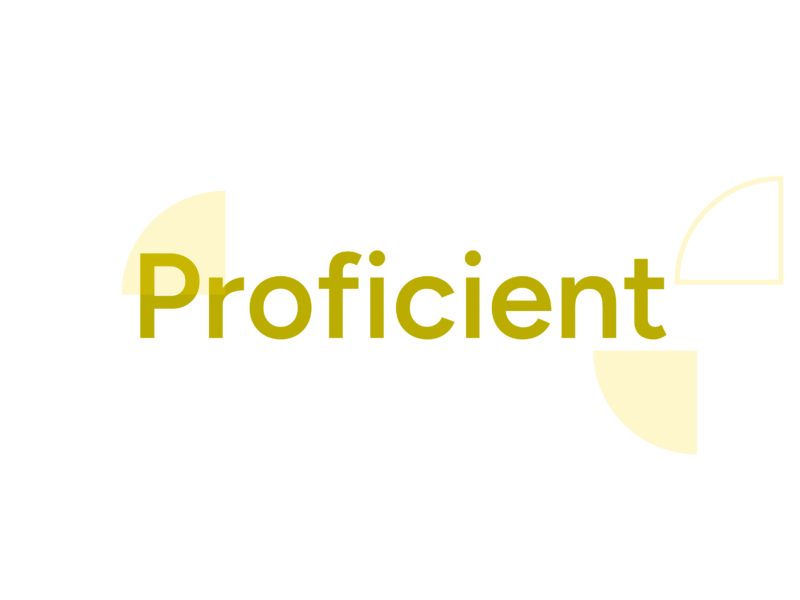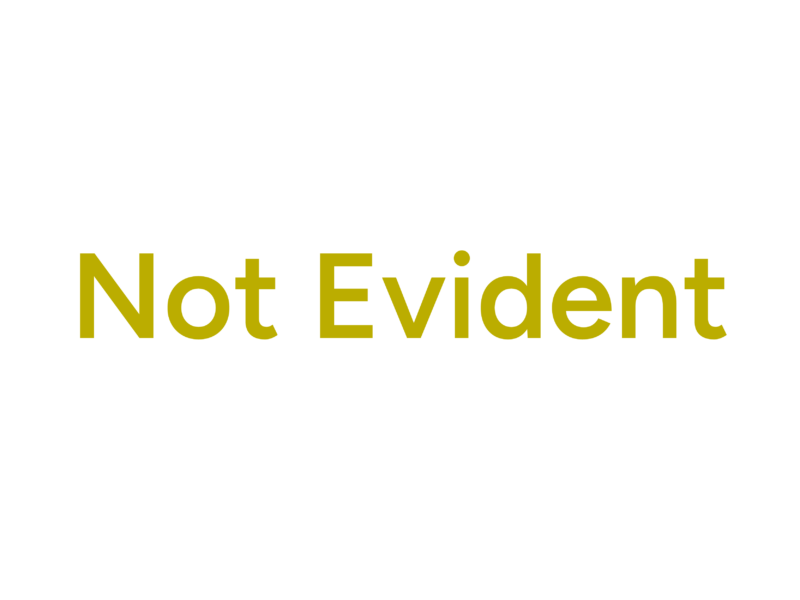Communication Rubric
The ability to use reading, thinking, writing and speaking to convey ideas, information and intentions effectively and in a manner that is appropriate to the topic, situation and audience; the ability to interpret accurately and critically the messages produced by others, and to respond appropriately.
Description
Communication encompasses the variety of ways people use messages to create and share meaning across disciplines, professions, and modalities. Effective communication requires informed, intentional decisions that consider audience, context, purpose, knowledge, and ethical perspectives. These decisions affect the delivery, the type and amount of content, and the communication channels selected. Effective and ethical communication also includes examining the impact, whether the communication achieved its intended purpose, and the ability to interpret the messages of others.
A traditional rubric PDF for Communication can be found here
Audience, Context, Purpose




Content Knowledge


Communication Channels


Ethical Principles

Impact

